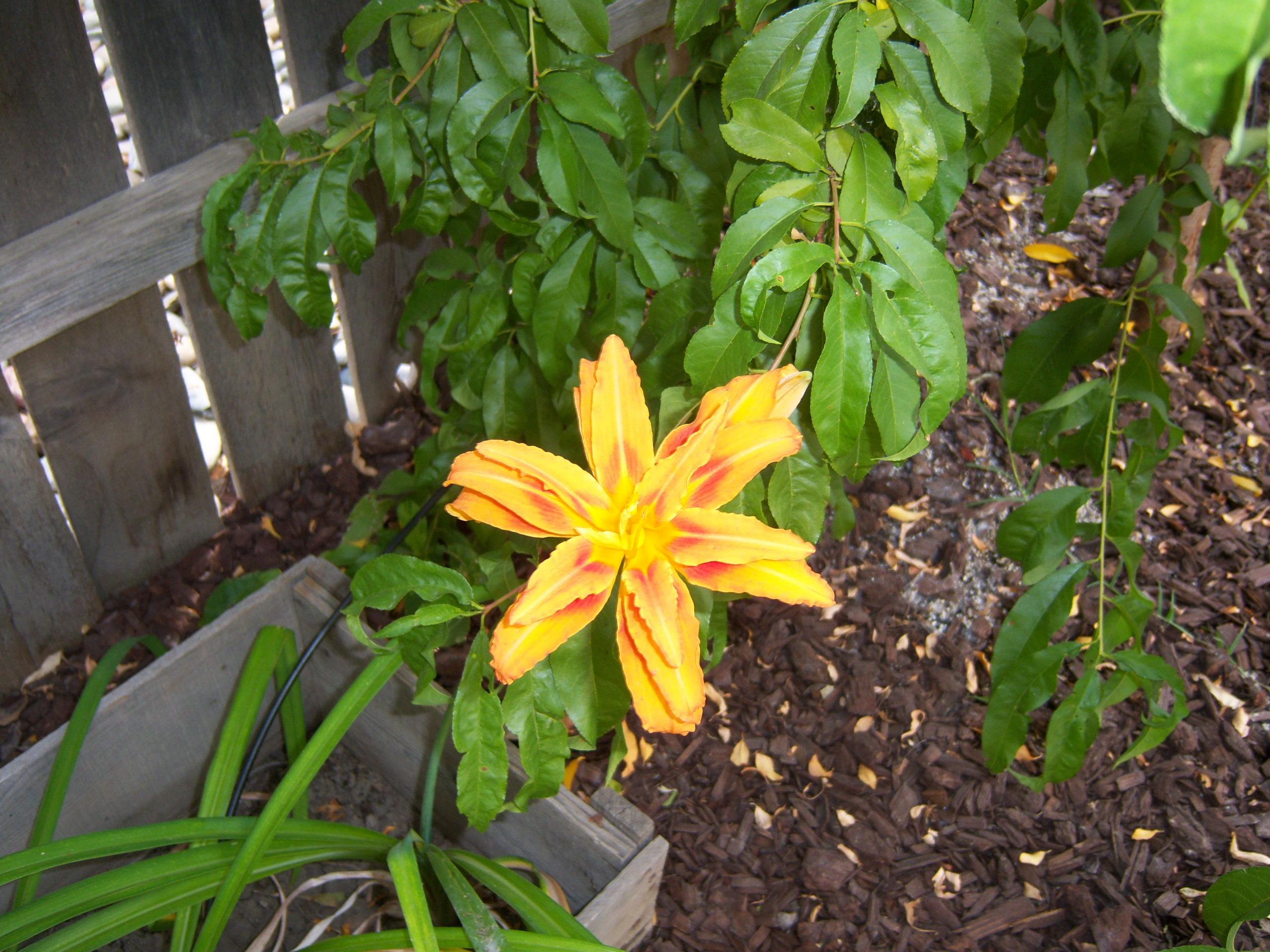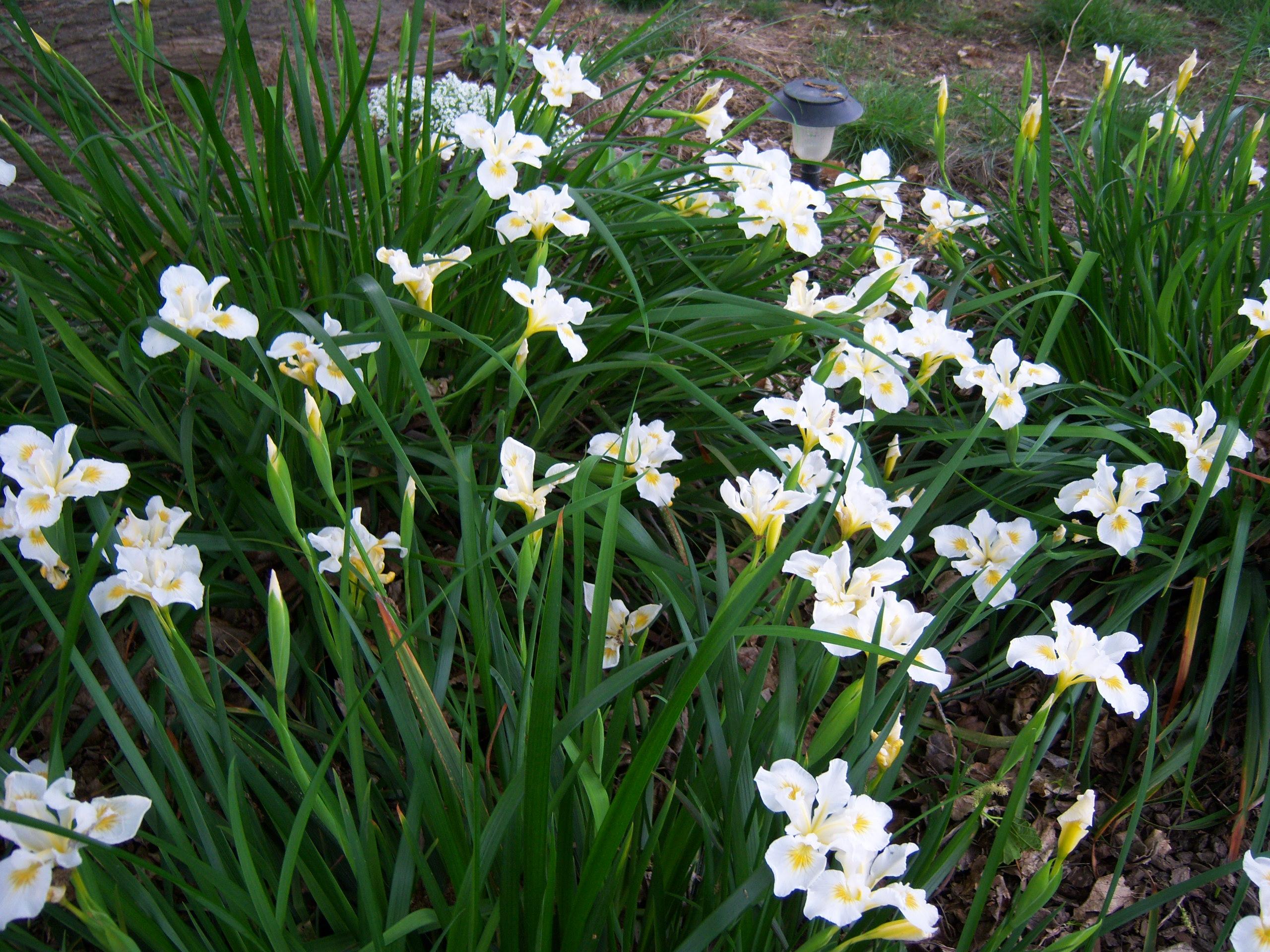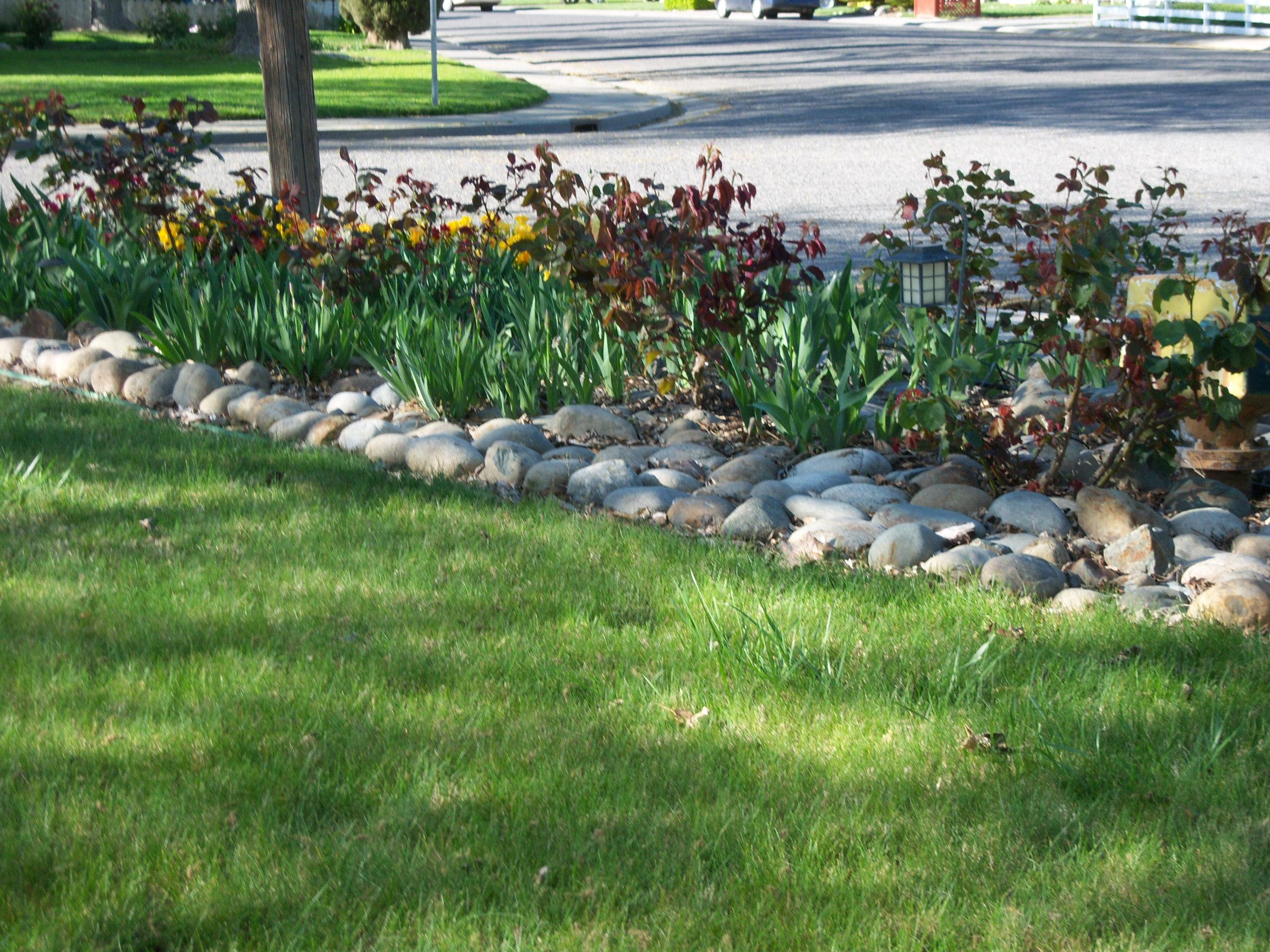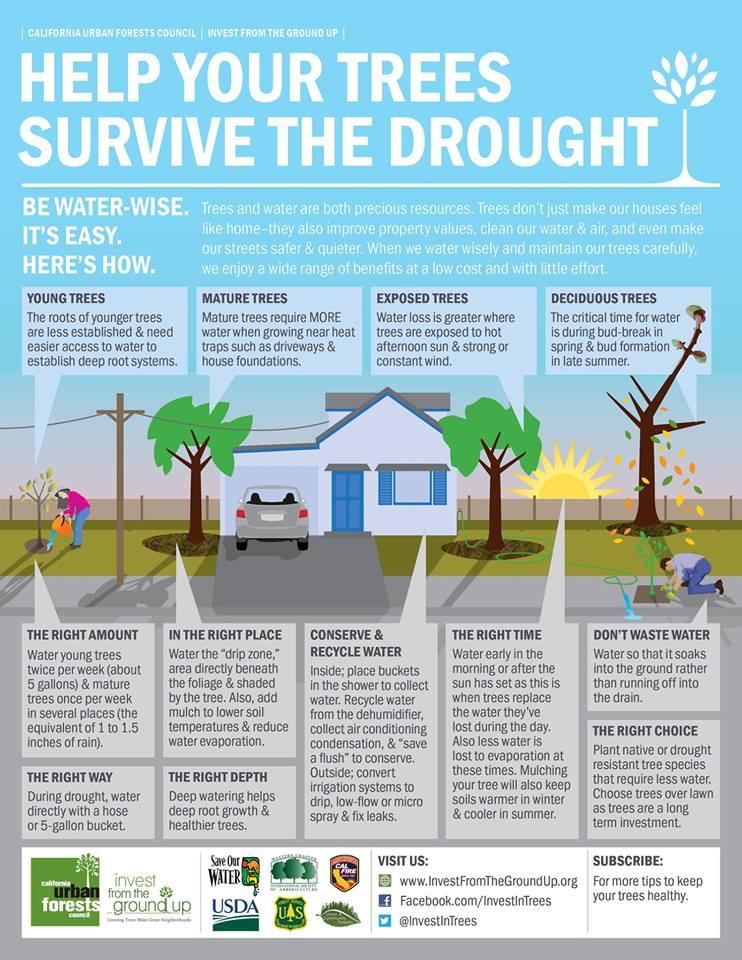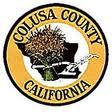
Master Gardeners
Our Digital Footprint
How a program of 18 volunteers became Internet Influencers and made 320,000 impressions in 3 years!
Science based solutions for Colusa County's gardening communities.
The UCCE Master Gardeners of Colusa County volunteer's donated 705 hours and made 736 face to face contacts in 2018/19.
Since 2009, we have volunteered 6,475 hours and made 12,154 face to face contacts in Colusa County.
This is what we do!
December in the Garden
* Shop: Plants and seeds make awesome holiday, hostess and mystery gifts
* Plant
Bare-root roses
Bulbs
Camellias
Cyclamen
Hellebore
Living Christmas trees
Bare-root fruit and landscape trees
* Maintenance
Adjust your irrigation
Protect citrus and other sensitive plants
Apply dormant spray
Add mulch to beds
Divide perennials
Throw out fallen rose leaves
Catalogs are arriving to get you excited about what to plant next year. You might want to consider removing some lawn area and creating a new planting bed to make room for all the new plants in the catalogs.
Preparing for a frost
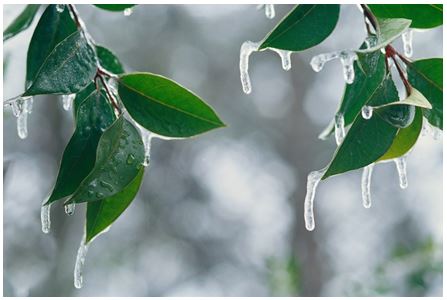
Before a frost
- Identify cold spots in the landscape by monitoring with thermometers
- Identify plants at risk: citrus, succulents, tender perennials, tropical and subtropical plants.
- Have supplies ready: sheets, blankets or frost cloths, lights, wraps for trunks, thermometers, stakes or framework to hold covers off foliage. Frost cloths come in different weights that can provide 4 to 8 degrees of protection. Because the frost cloth allows some light and air to penetrate, it can stay on plants for a few days at a time. Frost cloth can lie directly on plant foliage.
- Prepare tender plants: avoid fertilizing and pruning after August to minimize tender new growth.
- Rake away mulch to allow soil to warm up during the day and radiate heat into the plant at night.
- MONITOR weather forecasts and note how low temperatures will be and for how long.
o Local frost: clear, dry nights, usually warms during the day.
o Hard freeze: temperature inversion or Arctic front, can last for days or weeks, are very damaging.
When a frost is forecast
- Move plants to a warmer spot next to the house or under a patio cover, especially on the south side.
- Check that plants are well watered because dry plants are more susceptible to damage, and moist soil retains heat better than dry soil.
- Cover plants before sunset to capture ground heat radiating upward at night. Remove sheets, blankets and other covers daily if it is sunny and above freezing to allow soil to absorb heat.
- Add heat by using outdoor lights: hand 100 watt drop lights or holiday string lights to interior of plant. Use the old C7 or C9 large bulbs, not new LED lights which do not give off heat. Old style holiday lights that give off heat can provide up to 3 degrees of protection. Use lights, extension cords, and multi-outlets or power strips that are rated for outdoor use and grounded (3-prong). Avoid connecting together more than three light springs in a line.
- Wrap trunks of tender trees if a hard freeze is expected, using towels, blankets, rags, or pipe insulation. Also wrap exposed pipes the same way.
- Harvest ripe citrus fruit. Generally both green and ripe fruit are damaged below 30 degrees, but there is some variation by species.
For more information, click here to visit the UC Master Gardeners of Sacramento County page on frost protection.
Thank you, UC Master Gardeners of Sacramento and San Joaquin Counties for the information.
Información de Jardinería en Español
Programa Jardinero Maestro de UC
Consejos Sobre La Sequia - Calidad del Agua para Cultivos de Verduras y en Linea
Consejos Sobre la Sequia - Usar agua residual en los Jardines o Paisajes Urbanos
El Compostaje es Bueno Para su Jardin y el Medio Ambiente
Estrategias para Proteger su Hogar de Incendios de Maleza
Inspeccione los Arboles del Jardin para ver si hay Peligros
La Seguridad Alimentaria en su Huerto Familiar
Manejo de Plagas de Arboles Frutales Deciduos Durante el Invierno
Water-wise tips
CONSERVE WATER
Create drought resistant soil
- By incorporating 2-4 inches of compost into the soil you will increase the water holding capacity of the soil.
- Topdressing compost around plants will reduce water needs but not up to the plant base. Space @ the base.
- Mulch all exposed soil to reduce evaporation with bark, leaf litter or rocks
Benefit:
- Reduced water usage
Grow California or Mediterranean natives
Check out the UC Arboretum All-Stars
- Plants thrive with little irrigation
- Planting in the fall allows the roots to grow without competition
- Irrigate until established
- Minimize high water use ornamentals
Benefit:
- Reduce watering
- Reduce trimming
- Reduce fertilizing
- Reduce spraying
Minimize the Lawn
- The use of native groundcovers, grasses, shrubs and trees make an eye catching garden
- Reduce the size of the lawn and plant Tall fescue. It is a cool season grass that does well in summer. Most cool season grasses need a lot of water to look good
- Avoid slopes, plant a ground cover instead of lawn
Benefit:
- Conserve water
- Conserve energy
- Conserve labor
Hydrozoning
- By grouping plants together by water and light needs plants tend to be healthy
- When you group your plants together by water and light needs then you can properly water each micro-climate
- Use California natives
Benefit:
- Healthy plants
- Conserve water
- Less pruning
Irrigation System
- Remember to change your irrigation timer seasonally. Monthly adjustments are encouraged
- Use an automatic controller on your irrigation system
- Use drip for your flower and shrub beds
- Replace old sprinkler heads with high efficient ones. If your system is over 10 years old check out the new sprinkler heads at your local garden center
- Use multiple run times if you have a lot of run-off before the timer shuts off. For example; you should irrigate every other day for 20 minutes but after 15 minutes the water is running off the lawn. Instead run the system for 10 minutes, wait 1 hour and run for another 10 minutes. This works especially well on slopes.
Benefit:
- Limit evaporation and run-off
- Limit disease
- Limit weeds
Irrigate according to the season
- Know your watering needs
- Adjust watering to the season, use chart in Lawn Watering brochure
- Water early
- Water slowly
- Water deeply
Benefit:
- Appropriate watering slows plant growth
- Promotes plant health
- Reduces pruning and mowing
- It is estimated that overwatering causes 85% of all landscape problems
Make every Drop Count
- Water wisely and slowly.
- Mulch is one of the quickest, easiest and most cost-effective ways to save water
- Repair leaks and broken sprinklers
- Reduce overspray areas
- Adjust the system frequently to the season
- Mulching exposed soil reduces evaporation.
- Prevent urban drool
Benefit:
- Conserve water
- Save money
- Urban landscape water use can be reduced by 50%
More information:
How to save water in your garden
Keep Plantings Alive under Drought Conditions
Lawn Watering Guide for California
Rules of Thumb for Water Wise Landscape
Websites
UC Master Gardeners of Sacramento County
UC Master Gardeners of San Joaquin County
Water Trees First
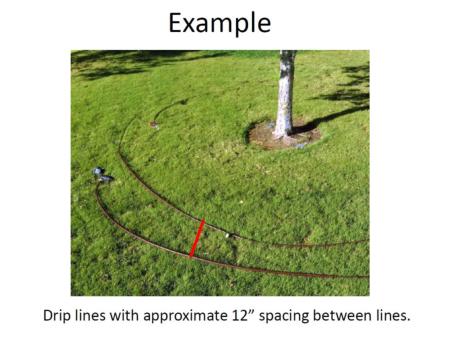
Our trees are the most important garden asset. They provide shade, clean the air, provide habitat for wildlife, they are beautiful and increase your property value.
A new way of irrigating trees have been developed by the University of California. As you see in the picture you will circle the tree with a drip line or soaker hose to the edge of the canopy. You can purchase supplies at your local garden center or hardware store.
To get the deep watering need for trees, you will need to run the drip line for several hours but only irrigate every 2-4 weeks. The water needs to penetrate the soil about 2-3 feed deep.
For more information from the California Center for Urban Horticulture, click here.
Vegetable Planting Guide
Insects
Need help identifying insects and how to get rid of them? The UC IPM (Integrated Pest Management) has answers!
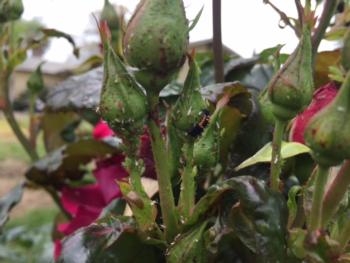
Asian Citrus Psyllid
Asian Citrus Psyllid is an insect that carries a devastating disease in Citrus trees and there is no cure. The insect and disease is usually detected in home citrus first. Click here to read more about the Asian Citrus Psyllid and the Huanglongbing disease.
The Asian Citrus Psyllid has been found in San Joaquin County.
Click here to read about the Asian Citrus Psyllid from the UCCE Master Gardeners of San Joaquin County.
Click here for Spanish
UC Master Gardeners of Colusa County
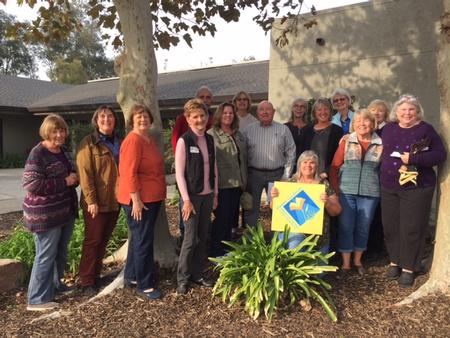
The University of California Master Gardener Program provides the public with UC research-based information about home horticulture, sustainable landscape and pest management practices. The program is administered by local University of California Cooperative Extension (UCCE) county offices that are the principal outreach and public service arms of the University’s division of Agriculture and Natural Resources.
The UC Master Gardener program supports sustainable gardening practices that protect the environment, conserve natural resources, and take into consideration each gardener's lifestyle and goals.
What do UC Master Gardeners do?
UC Master Gardeners are trained to help residents of California become better gardeners. Using a variety of activities such as workshops, lectures, and garden hotlines these volunteers answer questions about home horticulture, sustainable landscaping, and integrated pest management using University of California research-based information.
After their training UC Master Gardeners are qualified to help the public with problems in areas such as:
- Weed Control
- Plant Problem Diagnosis
- Integrated Pest Management (insect and pest control)
- Soils, fertilizers and irrigation
- Selecting and caring for fruit and landscape trees
- Growing annuals, perennials and food crops
- Lawn care
- Vegetable Gardening
- Plant Pathology
- Composting
Each county develops programs to address local needs. Some typical activities are:
- Using mass media to disseminate gardening information
- Teaching workshops, or lecturing on gardening practices
- Participating in research activities with academics within UC
- Answering gardeners’ questions via email or helplines
- Speaking to the public on horticultural and gardening topics
- Manning county fair information booths
- Consulting with gardeners to improve their landscape practices
Listen to our Podcast
Calendar
| Event Name | Date |
|---|
Garden Advice and Workshops
Podcast
Last Saturday of every month
Master Gardener Blog
-

Maggot Art Always Draws a Crowd at UC Davis Picnic Day
When the UC Davis Department of Entomology and Nematology hosts its "bug activities" at Briggs Hall during the 110th annual UC Davis Picnic Day on Saturday, April 20, one of the most popular is maggot art. Children and adults alike create maggot art by...
-
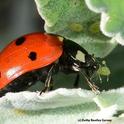
The Good Luck at UC Davis Picnic Day
Remember when San Francisco 49'ers wide receiver Brandon Aiyuk credited his spectacular 51-yard catch in the 2024 NFC championship game with the Detroit Lions to a ladybug (note that entomologists correctly call it a "lady beetle") landing on his...
-
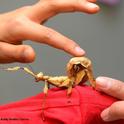
What's a Picnic Without Bugs?
What's a picnic without bugs? Well, it wouldn't be a picnic at all! The UC Davis Department of Entomology and Nematology (ENT) is planning scores of displays and activities at Briggs Hall for the 110th annual campuswide UC Davis Picnic Day,...

